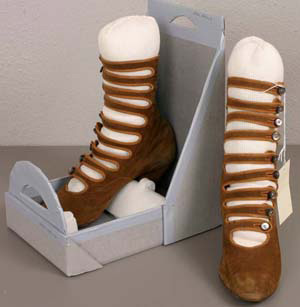Preservation Tips
- Ashley Webb

- Jul 21, 2019
- 2 min read

Everyone has those items they want to keep forever. Maybe it's an item from passed down from your grandparents, or something that has sentimental value from your childhood. Maybe it's a little special something you bought to add to a collection, or it could even be a piece of pretty art you have hanging on your wall. Here are some handy tips to keeping your keepsakes looking good for years to come.
If you keep your items out on view:
1. Dust and vacuum regularly
Dirt, dust, and pet hair can accumulate very easily, creating several problems in the long run. A hefty layer of dust can eat away at the surface of an object, causing tarnishing, heavy discoloration and staining, and difficulty removing later on. Plus, accumulated dust and pet hair can attract pests like carpet beetles (which survive on silk, wool, leather and other organic clothing) and silverfish (which eat paper). When dusting, use a soft microfiber cloth, as harsh cloths can create microscopic scratches, causing further damage.
2. Keep out of direct sunlight
Direct light has a number of complications to objects out on view. Visible light and ultraviolet light both have negative affects to objects - especially items with rich color schemes (prints, photographs, clothing), papers products (newspapers, books), and plastics.
Ultraviolet light comes mainly from daylight - and can cause irreversible damage to objects which receive high amounts of sunlight. Visible light comes from flourescent and other light fixtures. High amounts of visible light can fade objects - and once they fade, there is no way to fix them! This is why museums often have no windows and very low light levels.
3. Use acid-free and lignen-free mats and UV plexi for works of art. Or if you have items professionally framed, make sure to identify that you want 'museum quality materials.'
These items can be purchased online from qualified archival suppliers.
If you decide you want to keep your items tucked away, here are some helpful tips for those:
1. Use only museum quality materials to box your items.
Avoid cardboard, store bought tissue paper, or plastic containers.
2. Keep in a temperature and humidity regulated environment (or regularly controlled).
Don't store your items in attics or basements - high swings in both temperature and humidity can cause mold growth, warping, pest activity, and a host of other issues.
3. Regularly check your items
Even neglect can harm your treasures - especially if there was a pest issue or leak you didn't know about, and you find it several years later.
By taking an proactive approach to your collecting and display habits, you can ensure you'll be able to love your treasures for longer.















Comments